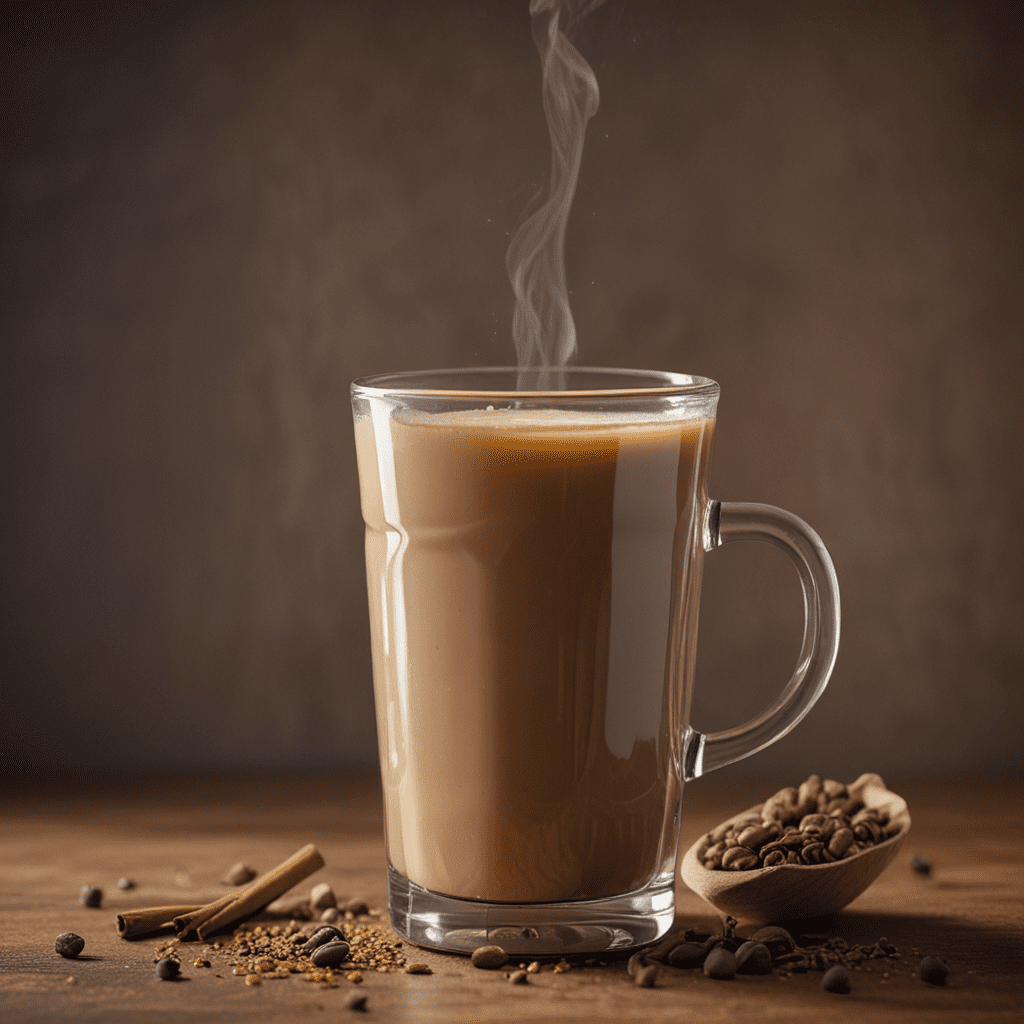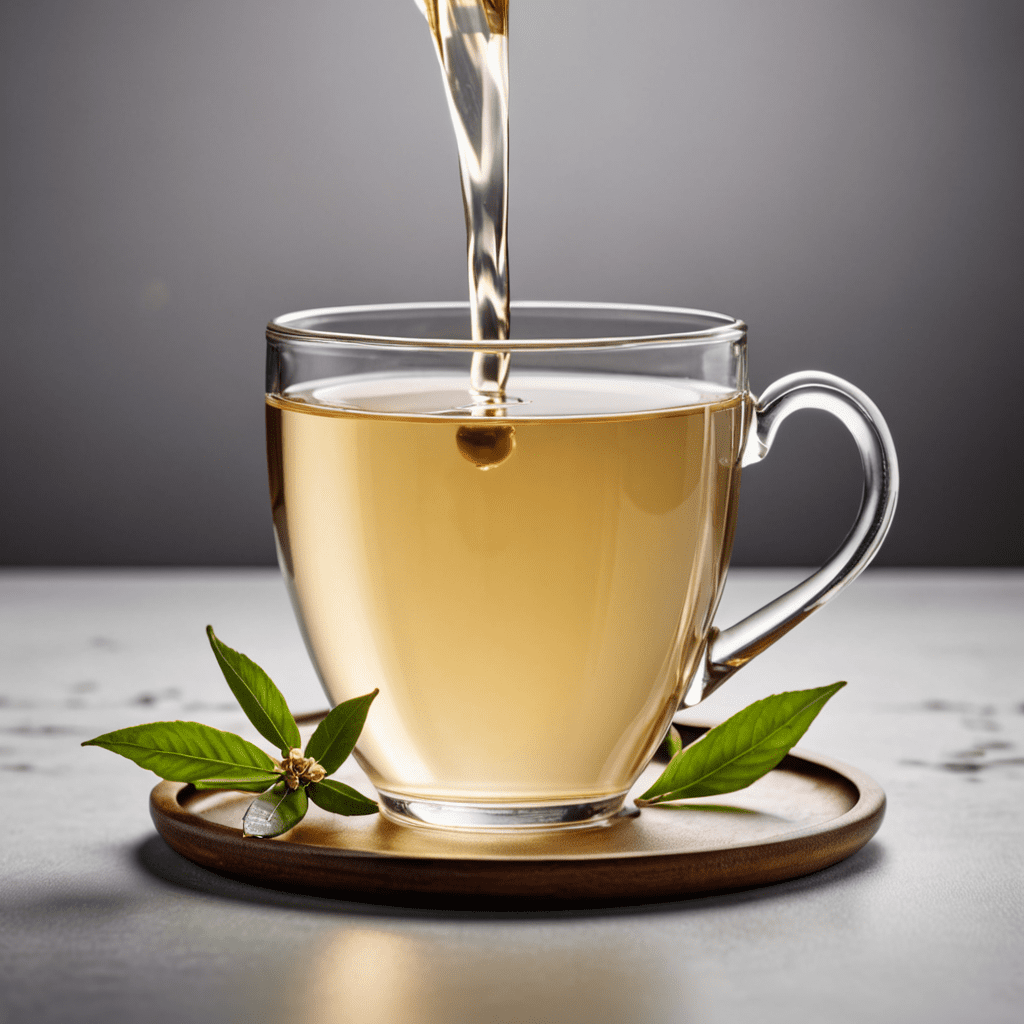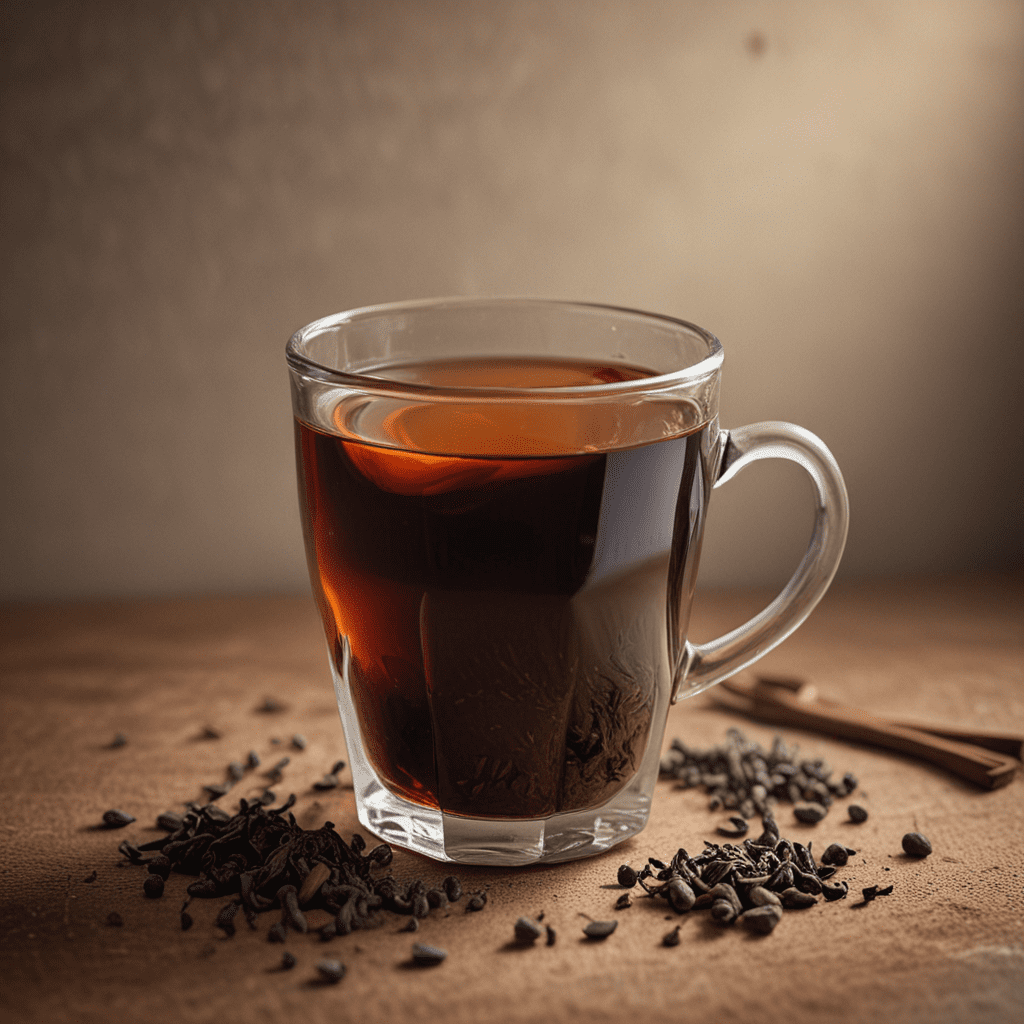
Chai Tea: A Cultural Icon in Indian Cuisine
Introduction
Chai tea, the beloved beverage of India, has evolved over centuries to become deeply ingrained in the nation's culinary and cultural fabric. Originating in the kitchens of ancient royal courts, chai has journeyed through time, absorbing flavors, traditions, and rituals to become a cherished symbol of Indian hospitality and community.
Historical Origins and Evolution
Chai's roots can be traced back to the Ayurvedic tradition. Spices and herbs were blended with black tea leaves to create a flavorful and invigorating drink. Over the centuries, as trade routes opened up, new spices and flavors were incorporated. By the 19th century, chai had become an indispensable part of Indian daily life, enjoyed by people from all walks of life.
Ingredients, Spices, and Flavors
Traditionally, chai tea is brewed with a strong black tea base. The key ingredients that define its unique flavor profile are spices. These may include cinnamon, cardamom, ginger, cloves, and black pepper. Other aromatic additions, such as star anise, saffron, and fennel seeds, are sometimes added. The blend of spices varies regionally, creating a rich tapestry of flavors across India.
Traditional Preparation Methods and Rituals
Chai preparation is often an elaborate ritual, steeped in tradition. Traditionally brewed in a small pot called a "kulhad," the tea leaves and spices are simmered in milk and water. Sugar is added to taste, and the chai is strained into cups. Chai wallahs, or tea vendors, can often be seen preparing and serving chai on street corners and public spaces, offering a warm and comforting treat to passersby.
Cultural Significance in Indian Society
Chai holds a special place in Indian society. It is a symbol of hospitality, welcome, and community. A steaming cup of chai is offered to guests as a gesture of respect and friendship. It is also an integral part of religious festivals and celebrations, providing sustenance and comfort during communal gatherings.
Chai as a Symbol of Hospitality
In India, chai is more than just a beverage; it is a social lubricant. Offering a cup of chai is a way of expressing warmth, welcome, and a sense of community. It is often served at the start of meetings or gatherings, creating an atmosphere of informality and camaraderie.
Variations, Adaptations, and Innovations
Over time, chai tea has evolved beyond its traditional form to embrace a wide range of variations and adaptations. Masala chai, the most common variation, adds a blend of spices such as cinnamon, cardamom, and ginger. Other variations include ginger chai, saffron chai, and even iced chai. In recent years, innovative tea blenders have introduced new flavor combinations, such as rose chai and lavender chai, catering to contemporary taste preferences.
Economic and Social Impact
Chai is not just a culinary delight; it also has significant economic and social implications in India. The chai industry generates employment opportunities for millions of people, from tea farmers to chai wallahs. Chai shops, found on every street corner, serve as informal meeting places where people from all walks of life can mingle and socialize.
Chai Tea in Contemporary Culture
Chai has transcended its Indian roots to become a beloved beverage enjoyed worldwide. It has found its way into cafes, restaurants, and homes across continents, embraced for its unique flavors, aromatic spices, and comforting qualities. Chai lattes, a popular variation, have gained immense popularity, offering a creamy and indulgent alternative to traditional black tea.
Conclusion
Chai tea is a cultural tapestry woven from the threads of tradition, flavors, and rituals. It is an intrinsic part of Indian society, a symbol of hospitality and a source of economic sustenance. As it continues to evolve and adapt, chai tea remains a beloved beverage, cherished for its heartwarming qualities and its enduring legacy as a cultural icon.
FAQs
Q: What is the difference between chai tea and black tea?
A: Chai tea is a type of black tea that is brewed with a blend of spices. It typically has a stronger, more aromatic flavor than traditional black tea.
Q: How do I make chai tea at home?
A: To make chai tea at home, you will need:
- Black tea leaves
- Water
- Milk
- Sugar or honey (optional)
- Spices of your choice (e.g., cinnamon, cardamom, ginger)
Combine all ingredients in a pot and bring to a boil. Reduce heat to low and simmer for 5-10 minutes, or until the tea is infused with the spices. Strain into cups and enjoy.
Q: What are the health benefits of chai tea?
A: Chai tea is a good source of antioxidants and has been linked to several health benefits, such as improved digestion, reduced inflammation, and boosted immunity.
Q: Where can I find authentic chai tea?
A: Authentic chai tea can be found in Indian grocery stores, specialty tea shops, and some cafes.


